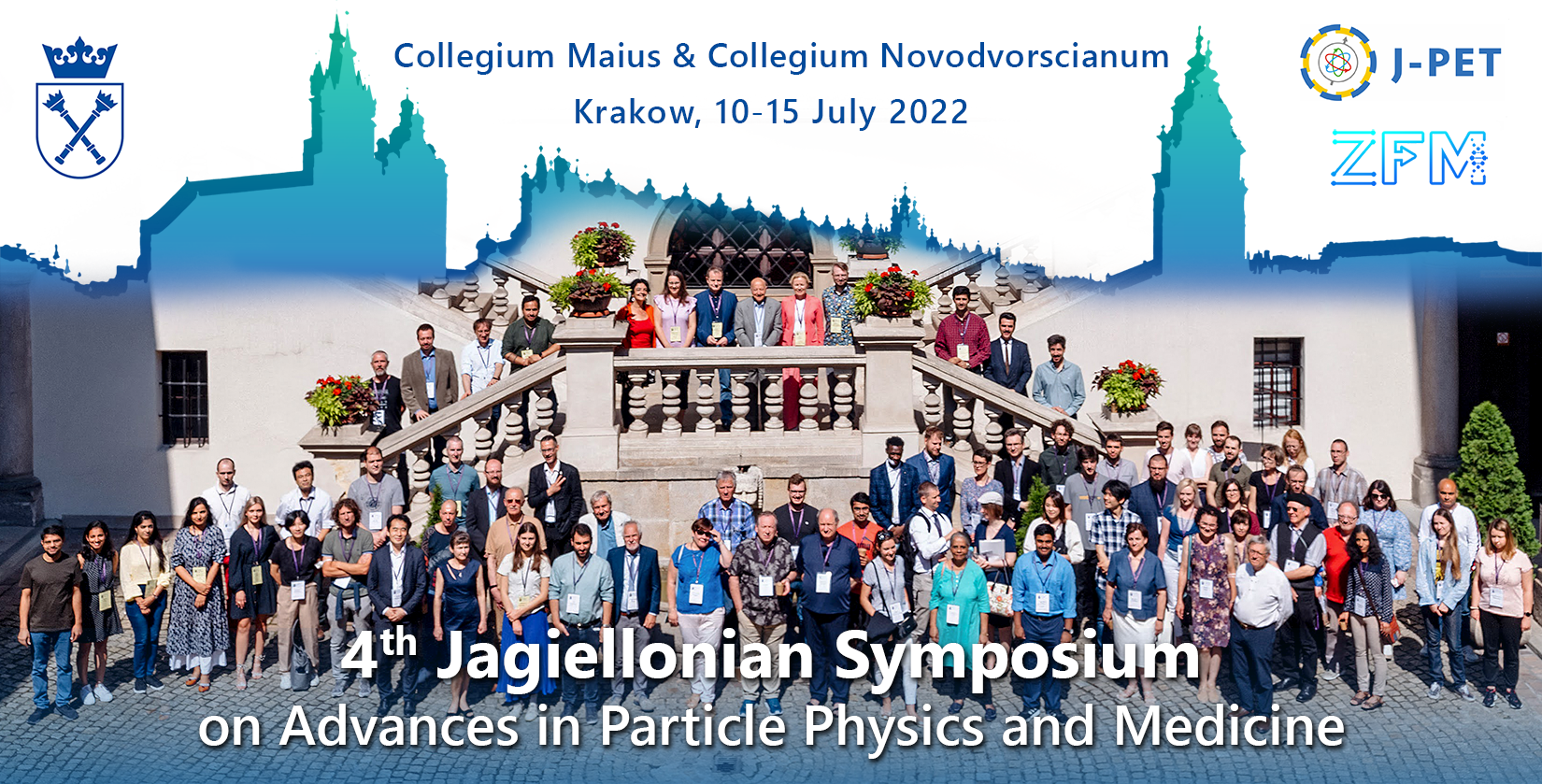Speaker
Description
Background
In the era of personalized and precision medicine, the importance of combining these paradigms with dosimetric studies has increased (1-3) and thus endpoints such as the efficacy, safety and toxicity of therapy radiopharmaceuticals is of paramount importance. As a result, computational studies have shown promise to simulate different dosimetry schemes. Herein, we conduct an internal dosimetry study with the aim of estimating the absorbed dose in all organs as a result of iodine therapy in a personalized voxelized phantom.
Materials and Methods
An adult female voxelized phantom in the 60th percentile of the United States population, from the XCAT phantom population (4,5) with personalized anatomical characteristics was selected to mimic a thyroid ablation therapy. To administer the patient with 124I (for diagnosis) and 131I (for therapy), and carry out the dosimetric studies, Geant4 Application for Tomographic Emission (GATE) Monte Carlo toolkit was used for simulation. The patient-specific parameters such as the geometry of the environment with the patient, as well as the physics processes to be simulated were set and the absorbed doses were calculated.
Results and Conclusions
The simulation study showed that for administered activities of up to 300 mCi (~11 GBq), the absorbed dose in the thyroid and other organs can be estimated. Our results show the ability to estimate the absorbed dose in critical organs, particularly those not accounted for in traditional methods such as using thermoluminescent dosimeters for instance. Such results show promise for the use of XCAT with PET dosimetric studies for both therapy and diagnosis purposes, later to be followed by merging XCAT phantoms with Total-Body PET studies.
References
1. Subreville C, Pinaquy JB, Lapuyade B, et al. Key Role of Personalized Dosimetry in Dose Adjustment for Selective Internal Radiotherapy: Retrospective Study of Patients Treated With 90Y Resin Microspheres. Clin Nucl Med. 2021;46(12):958-964. doi:10.1097/RLU.0000000000003892
2. Danieli R, Milano A, Gallo S, et al. Personalized Dosimetry in Targeted Radiation Therapy: A Look to Methods, Tools and Critical Aspects. J Pers Med. 2022;12(2):205. Published 2022 Feb 2. doi:10.3390/jpm12020205
3. Stabin MG, Madsen MT, Zaidi H. Personalized dosimetry is a must for appropriate molecular radiotherapy. Med Phys. 2019;46(11):4713-4716. doi:10.1002/mp.13820
4. Segars WP, Bond J, Frush J, et al. Population of anatomically variable 4D XCAT adult phantoms for imaging research and optimization. Med Phys. 2013;40(4):043701. doi:10.1118/1.4794178
5. Segars WP, Sturgeon G, Mendonca S, Grimes J, Tsui BM. 4D XCAT phantom for multimodality imaging research. Med Phys. 2010;37(9):4902-4915. doi:10.1118/1.3480985

